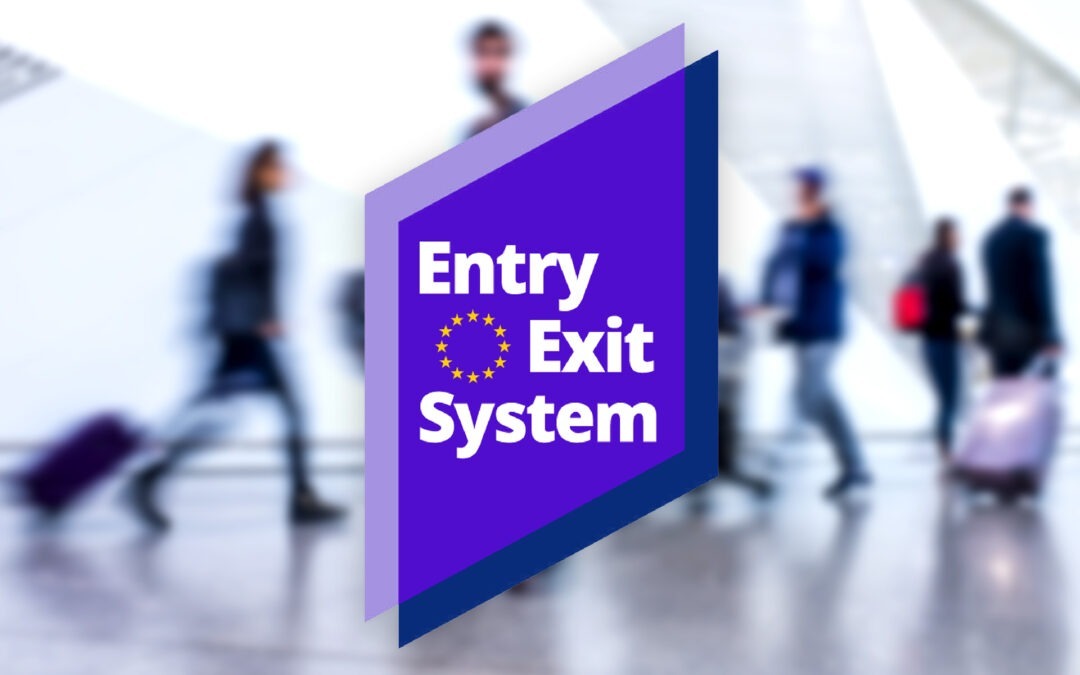The European Commission has confirmed that the Entry-Exit System (EES) will come into operation on 12 October 2025. This system will mark a major development in the control of the Schengen area’s external borders.
What EES changes for non-European travellers
The EES will replace the traditional manual stamp on the passports of travellers who are not nationals of the European Union or the Schengen area, whether or not they require a visa.
Each passenger will now be registered electronically, with detailed data: date, time and place of entry and exit, identity, passport number, photo and fingerprints. The system should enable precise monitoring of length of stay and refusals of entry.
The concerns of the airline industry
Through the Fédération Nationale de l’Aviation et de ses métiers (FNAM), the aviation industry expressed a number of operational concerns before the new system came into force.
The main point to watch out for is the increase in processing times at borders, linked to the biometric registration of first-time entrants, carried out under the supervision of a border guard.
At the same time, the lack of a mobile pre-check-in application at launch could lead to a saturation of kiosks and information points, particularly in major airports.
As a reminder, the tests carried out in 2023, notably at terminal 2E at Paris-Charles de Gaulle, showed that the simulated processing times were still underestimated.
Timetable and next steps
The deployment of EES will be gradual:
- From 12 October 2025: start-up of the system in Member States ready to apply it.
- First month: target of recording at least 10% of border crossings.
- For the first 60 days: possible operation without biometric collection.
- After three months: 35% of crossing points will have to use EES with biometrics.
- Within six months: full roll-out to all travellers concerned.
CSAE calls for close coordination between the authorities, airport operators and ground handlers to ensure smooth implementation and asks the authorities to be particularly reactive in the event of saturation at check-in kiosks.

